Classic car electrification company Electrogenic has unveiled two ‘World First’ conversions of classic vehicles to electric power, a 1976 Triumph Stag and 1957 Morgan 4/4. The Oxford-based classic car EV technology firm specialises in taking beautiful classic cars and sympathetically converting them to electric power using its proprietary EV engineering and technology.
The Triumph Stag conversion has been confirmed by the Stag Owners Club to be the first Stag to undergo the conversion to electric power. Electrogenic removed the 1976 car’s 3.0-litre Triumph V8 and in its place has integrated a ‘Hyper9’ high-voltage brushless electric motor, which delivers 80kW of power and 235Nm of torque to the rear wheels through the original four-speed manual gearbox.
It uses a 37kWh battery which takes the place of the original Triumph V8 engine and the fuel tank and spare wheel under the boot floor. The conversion uses a Type 2 charger and offers an approximate range of 150 miles.
The Morgan 4/4 conversion is believed to be the first professionally converted four-wheeled Morgan to be transformed to electric propulsion. Electrogenic used its significant electrification and integration expertise to remove the original four-cylinder combustion engine and replace it with a ‘Hyper9’ high-voltage brushless motor, delivering 80kW of power and 235Nm of torque to the rear wheels through the Morgan’s manual gearbox.
The team at Electrogenic has installed a 37kWh battery pack to the Morgan’s diminutive body, offering a driving range of up to 150 miles on a single charge.
Steve Drummond, Director and Co-Founder of Electrogenic stated: “Converting older cars like these to electric power is about using modern technology to bring out the best characteristics in the cars. For us this means increasing power within the capabilities of the original vehicle, optimising weight distribution and not using too many batteries to keep the handling crisp and precise. Our proprietary electronics integrate the batteries and motor into a seamless system, making the cars as safe as possible.
“Our systems also allow us to maintain the originality of the rest of the car, which is a really important factor for us. For example, it means that we can repurpose the original instruments to keep the interior as untouched as possible. Ultimately, what we’re always trying to do with our conversions is to make the cars we’ve been entrusted with into ‘better versions of themselves’.”
Ian Newstead, Director and Co-Founder of Electrogenic added: “We love the challenge of converting beautiful classic cars with technology that means they will be able to continue to be used guilt-free, even in our cities, for years to come. Working on first-time conversions such as the Stag and the Morgan 4/4 helps us to continue honing both our technology offering and our knowledge of the integration process in different body types, and means we maintain our position as a leader in classic car electrification.”
Electrogenic’s Triumph Stag and Morgan 4/4 conversions are customer vehicles, and as such have been prepared to the customer’s specifications. Electrogenic offers a full suite of classic car electrification options for customers, and every car that is converted is unique, maintaining the beauty and engineering of the original but making the car as practical as possible for the purpose that the owner intends to use it for.

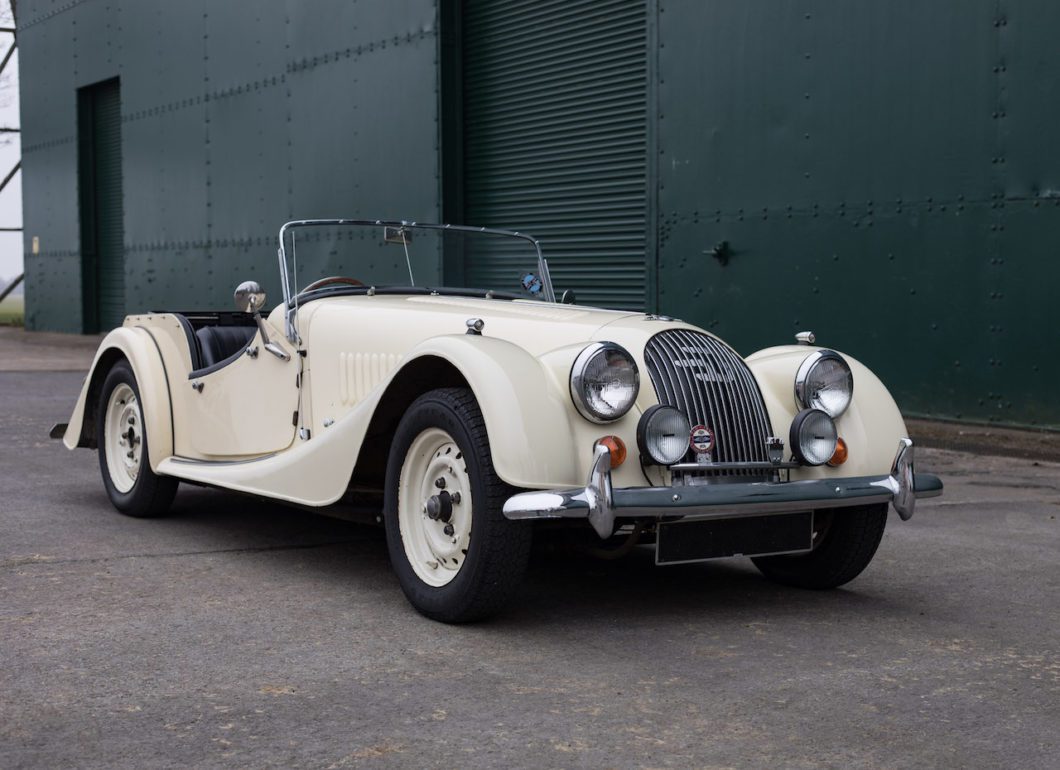
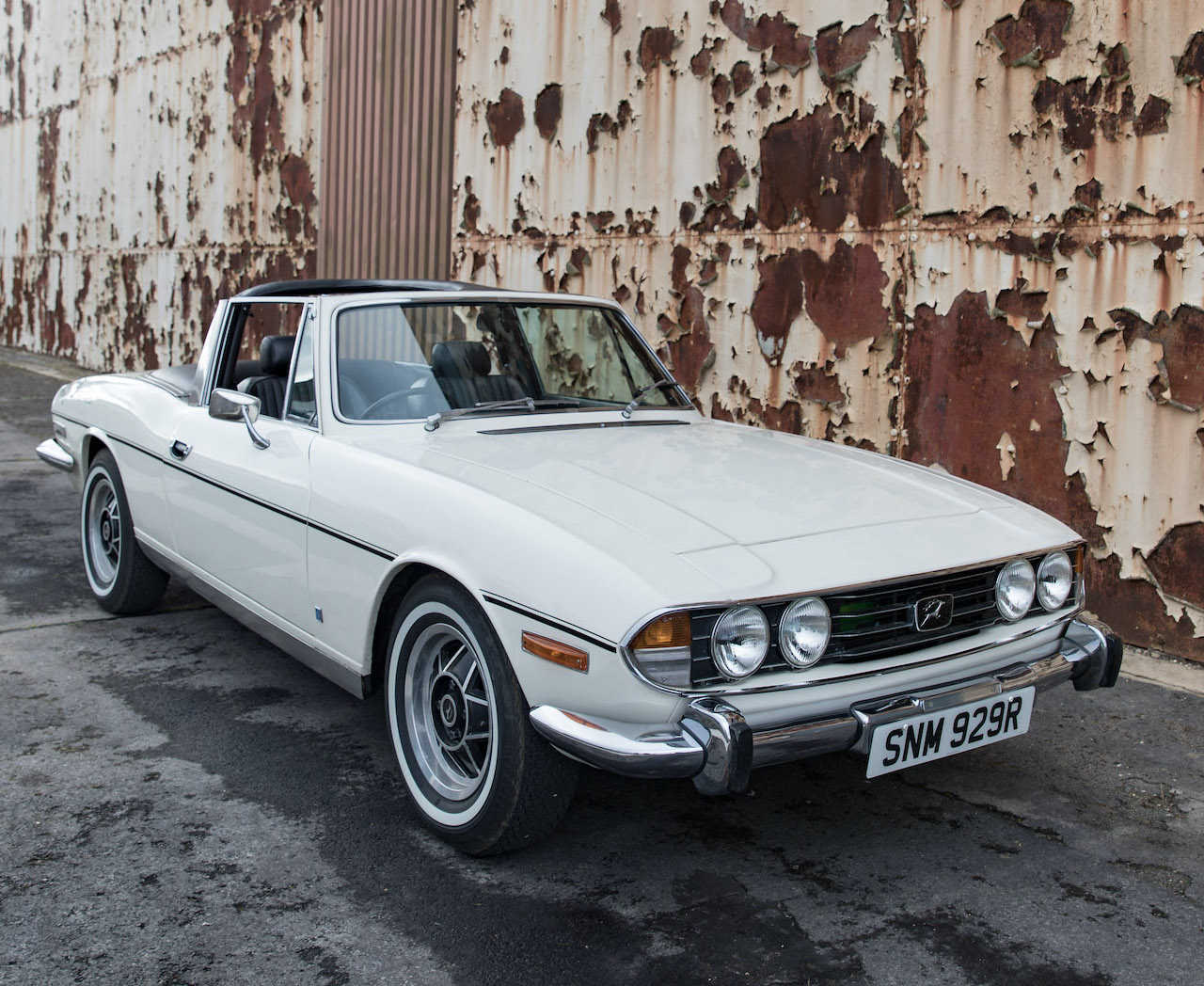
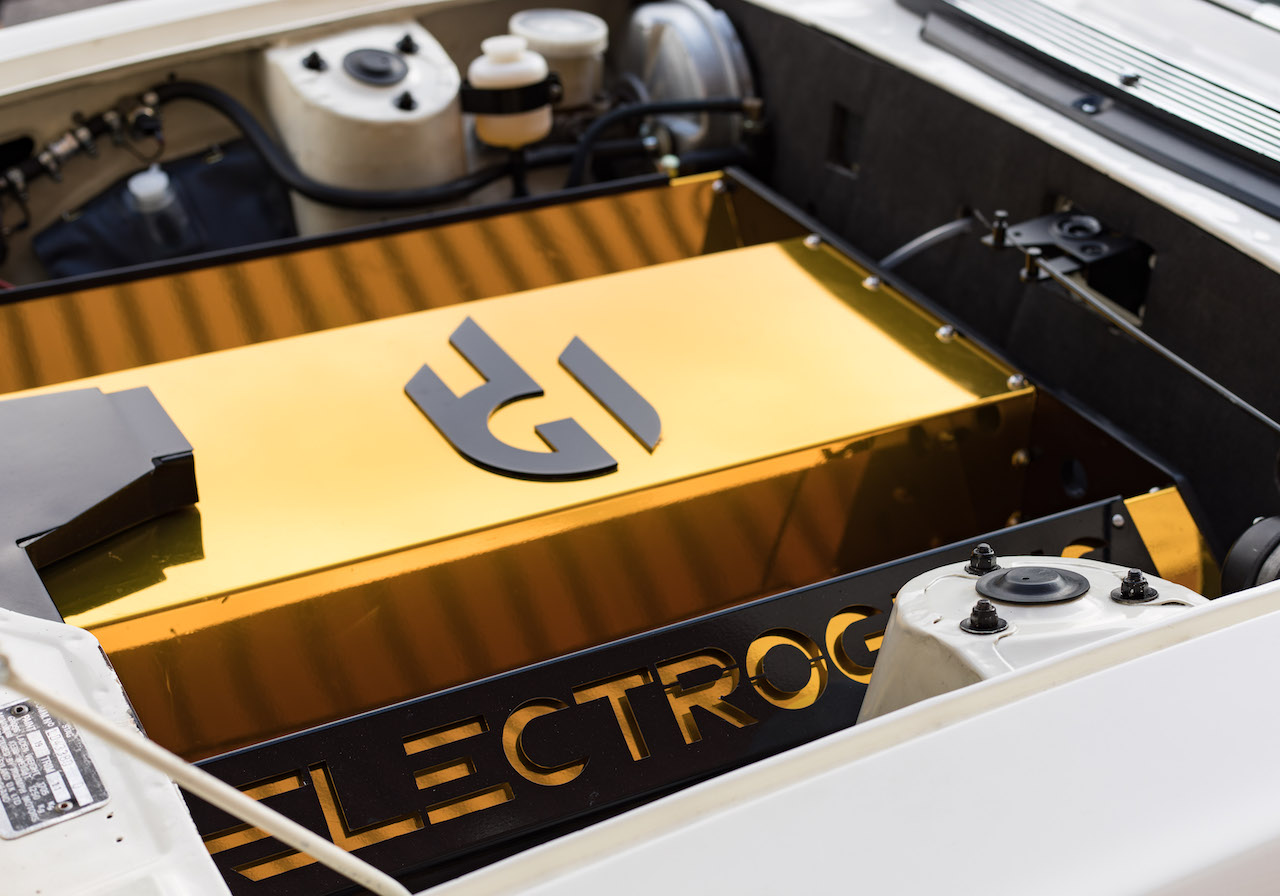
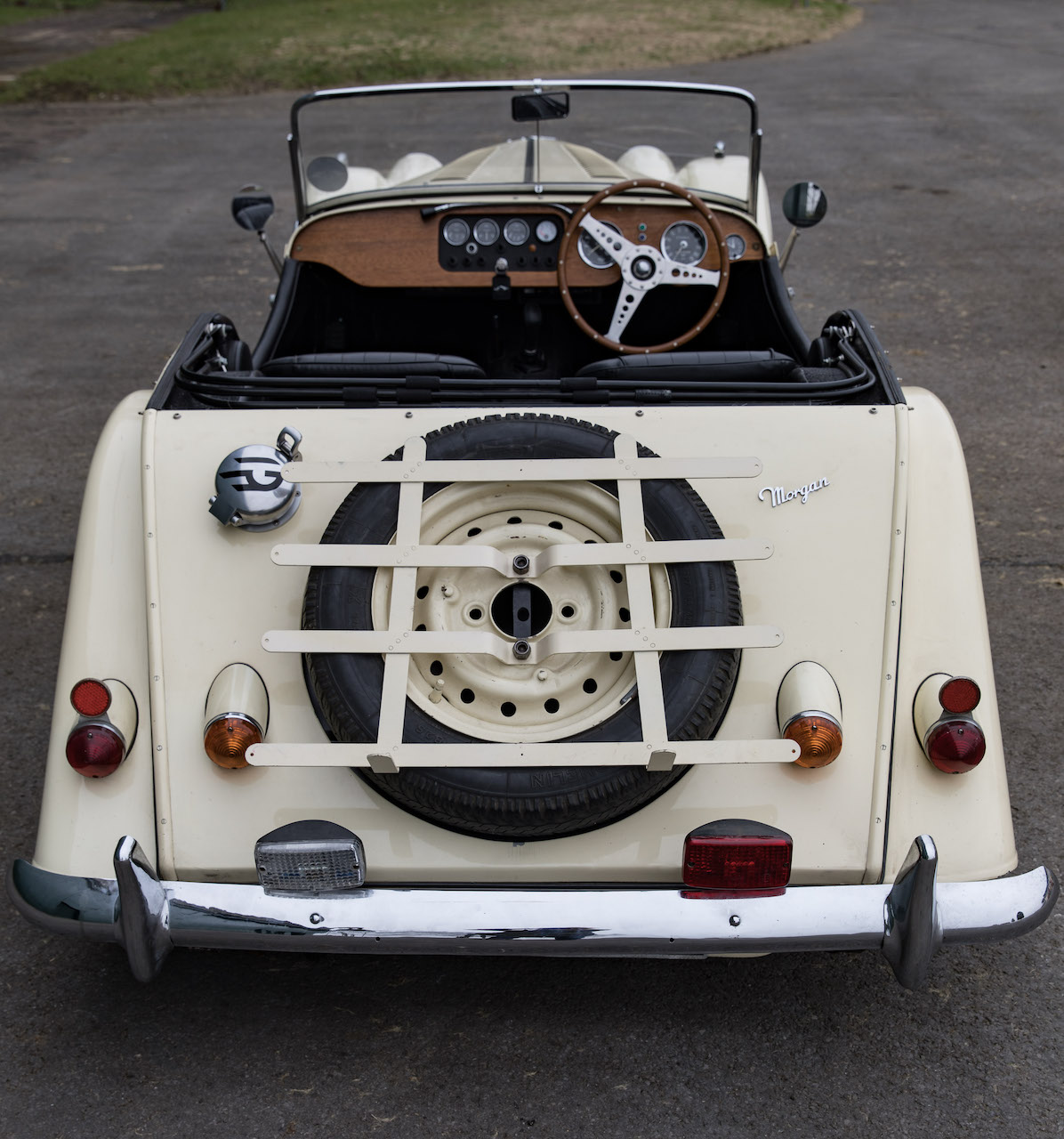
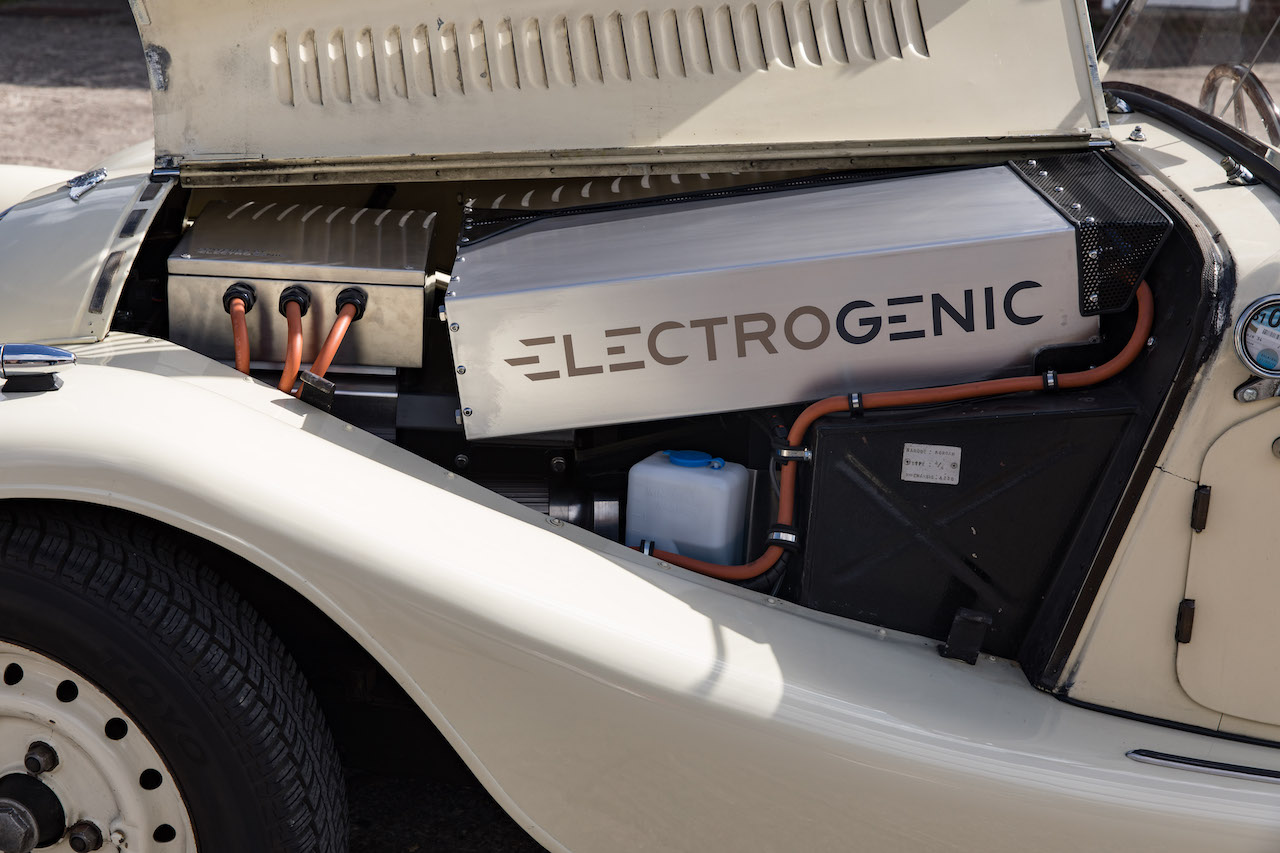


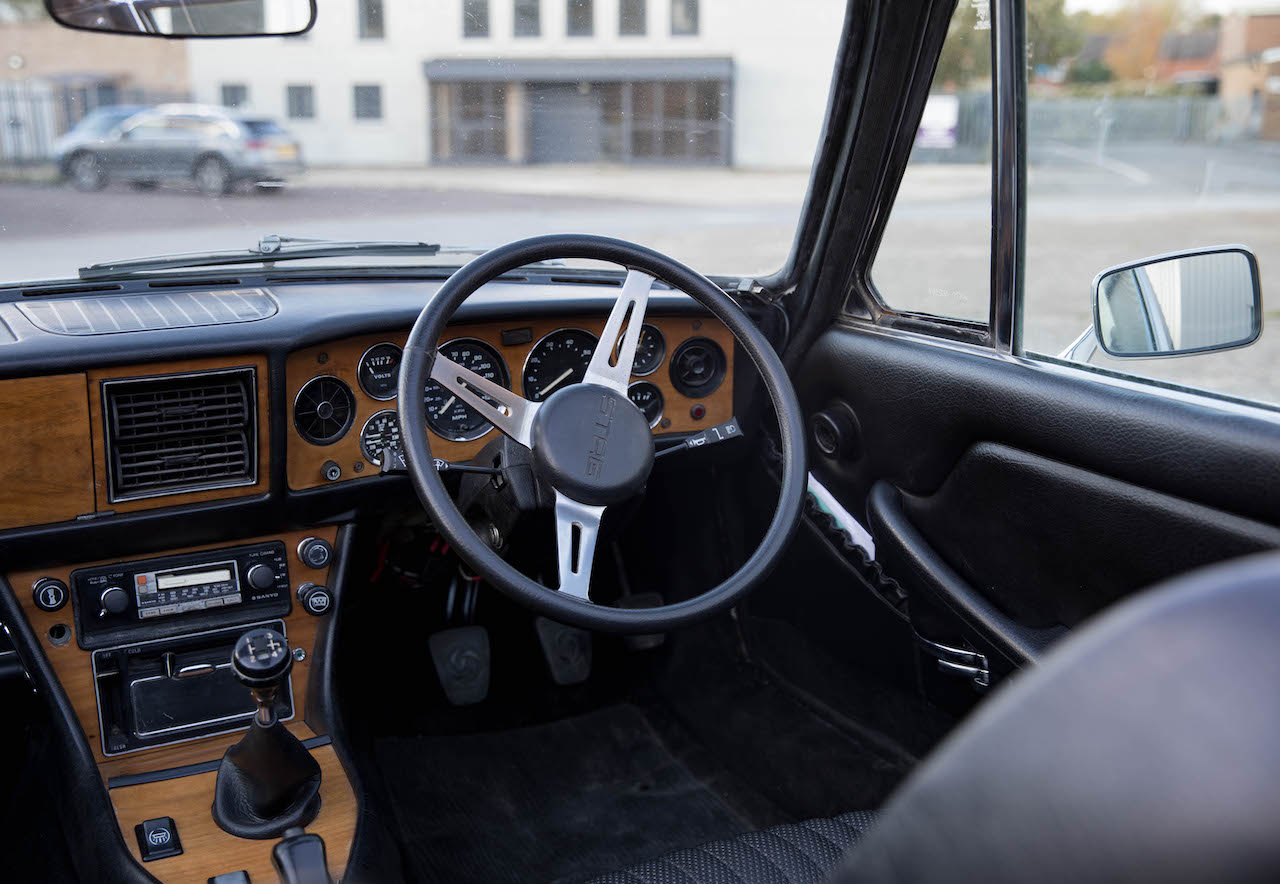
Pingback: Electrogenic converts 1971 Citroen DS to electric powertrain